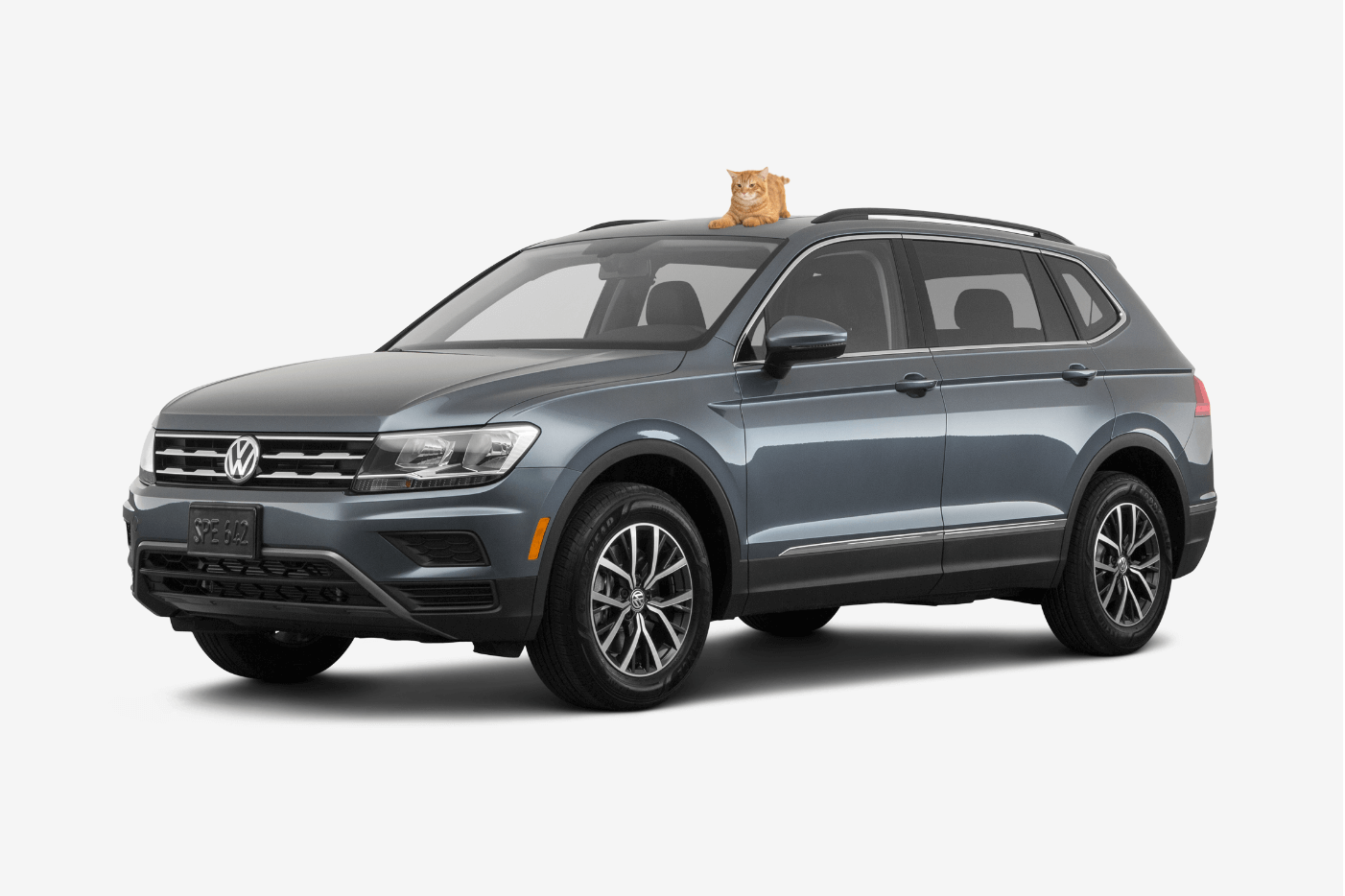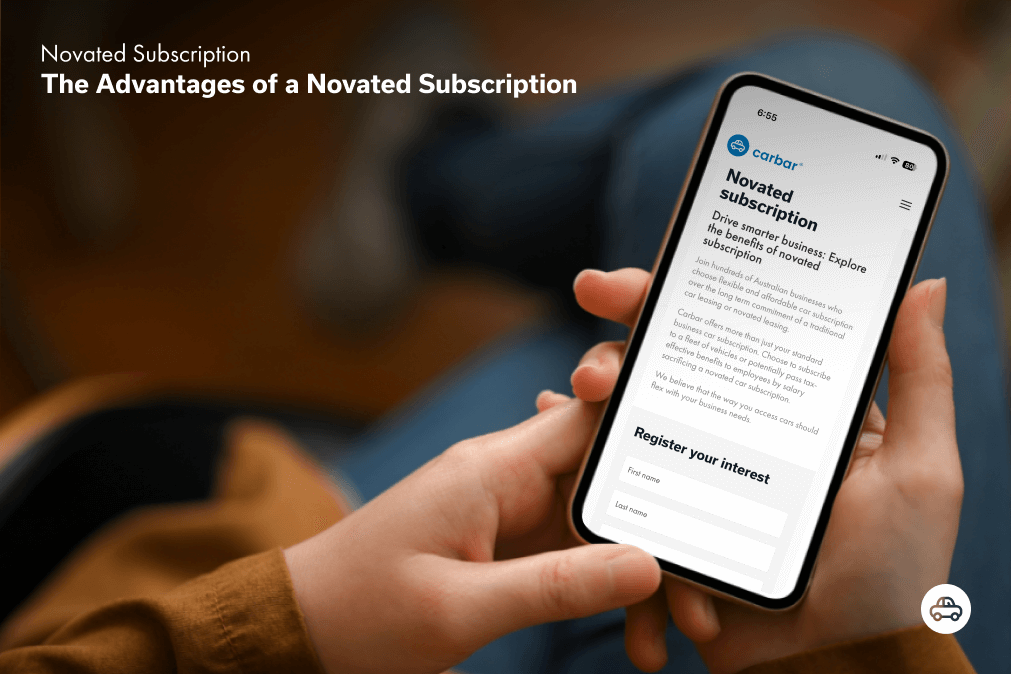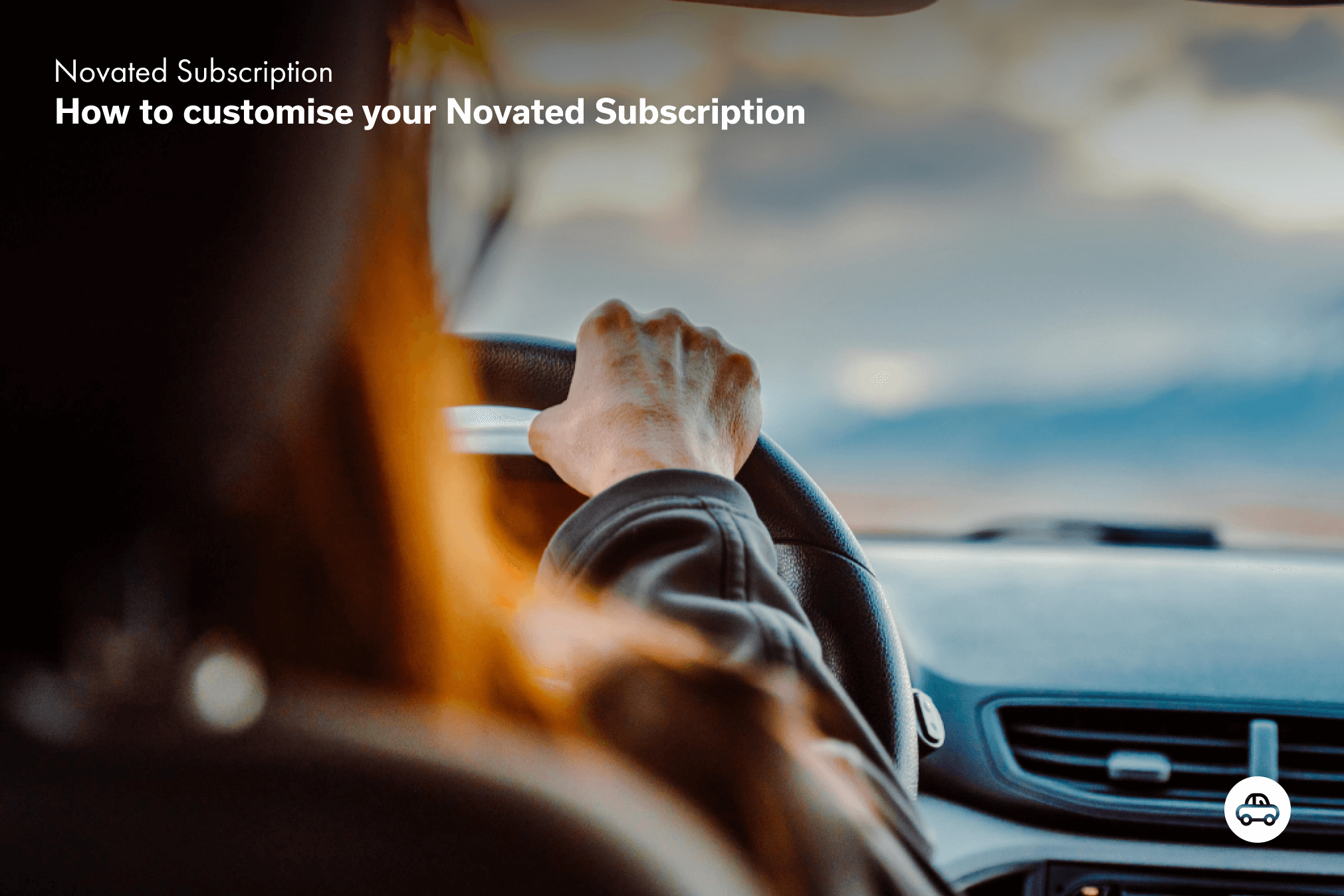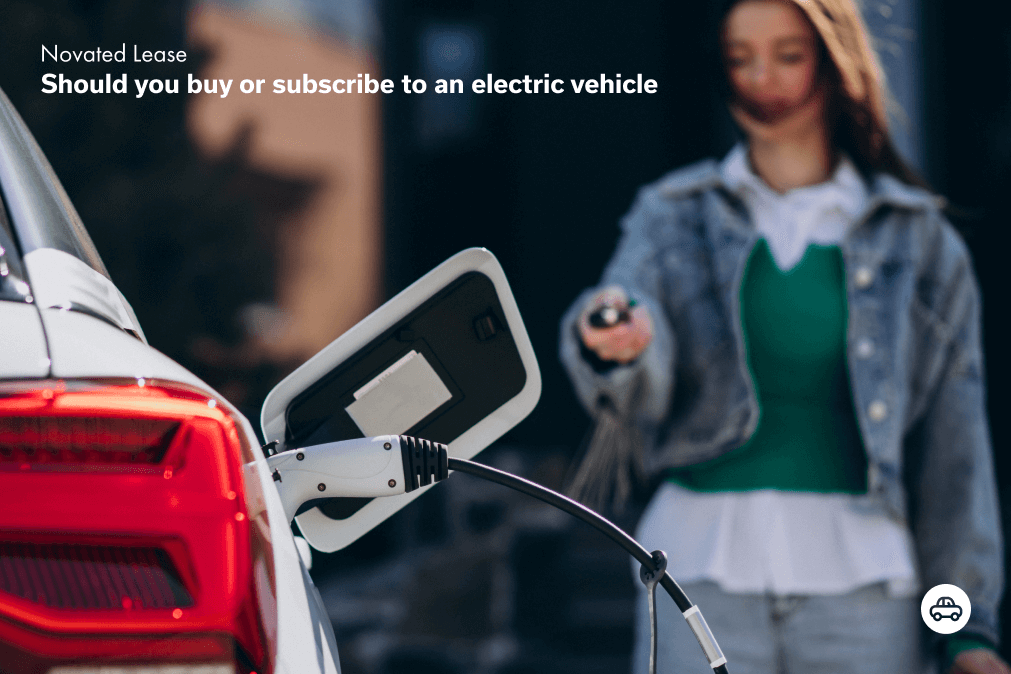Ah, car insurance.
It’s the necessary evil that keeps your ride on the road – and your wallet intact in case of an accident1.
If you’re like most drivers, you may feel a bit overwhelmed when it comes to understanding all the ins and outs of car insurance.
Well, don’t worry: we’ve got you covered.
On this page:
What is Car Insurance?
Did you know that 64% of Australians 18+ with driver’s licences have been involved in at least one car accident?
That is scary!
But it is also why car insurance is so important.
At its most basic definition, car insurance is a contract that transfers some of the financial risk associated with owning a car from you to an insurance company.
In exchange for your payments, they’ll agree to cover certain types of losses, such as property damage or medical bills resulting from an accident. Different policies also offer various levels of coverage and deductibles.
Is Car Insurance Compulsory?
Thinking about driving without any insurance?
At a minimum, all drivers in Australia must have Compulsory Third Party (CTP) insurance, also known as a Green Slip or its equivalent.
And the penalty for not having it?
It varies by state, but you could be facing some pretty hefty fines if you choose to take the chance.
In NSW for example, if you drive or park an uninsured vehicle on a road or road-related area, you could be set back to the tune of $7042. This is just the minimum and depending on the circumstances you could be facing a much larger fine and demerit points.
Surprisingly, this is not the most expensive state to be caught driving uninsured in.
SA and QLD have fines upward of $10,0003!
Bottom line: don’t even consider driving uninsured – it’s not worth the risk.
Types of Car Insurance & Coverage
The type of car insurance you need depends on your situation.
While some opt for the bare bones of insurance policies, others choose to have the highest coverage possible to ensure their irreplaceable cargo is protected.
Compulsory Third Party (CTP) Insurance
Compulsory Third Party Insurance (also known as a Green Slip) is compulsory for all drivers in Australia. It does, however, differ by state.
You can’t legally register your vehicle without a Green Slip or the equivalent.
CTP Insurance covers you for any legal liability for personal injury or death caused by your vehicle. This includes other drivers, passengers, pedestrians and cyclists.
If you choose to get behind the wheel without a CTP policy, you could be facing a fine, demerit points and any of the expenses involved, completely out of pocket.
Third-party property damage (TPPD)
Third-party property damage is the next step up from CTP insurance. While it is not compulsory, it is worthy of serious consideration when owning a vehicle.
It covers you for any legal liability as a result of your vehicle causing damage to someone else’s property – be it another car, a fence or even a house. It also covers legal costs and expenses as a result of the damage.
If you cause an accident that results in damages, then having third-party property damage insurance is essential, otherwise, you’ll be paying out of pocket to cover the costs of any repairs or replacement expenses.
It is important to note that any damages to your property are not covered by this type of insurance.
Third-party Fire & Theft Insurance (TPFT)
Third-party Fire & Theft Insurance is another step up from Third-party property damage cover.
It covers you for any legal liability as a result of your vehicle causing damage to someone else’s property and will also provide some additional coverage such as fire or theft protection.
This also means if your car is stolen, vandalised or damaged by fire then you’ll be able to claim on your policy.
Comprehensive Insurance
The top cover for your ride is Comprehensive Insurance.
This is the highest level of coverage you can have when it comes to car insurance.
It covers any legal liability for personal injury or death caused by your vehicle as well as any damage caused to someone else’s property.
On top of these benefits, comprehensive insurance will also provide protection for your own car in the event of an accident, theft, vandalism or natural disaster. So if your car is damaged beyond repair, you will be compensated.
Comprehensive policies tend to be more expensive than other types of car insurance but offer superior peace of mind when it comes to protecting your vehicle.
You can tailor your comprehensive insurance to your needs with optional extras you can choose from including windscreen replacements, roadside assistance or even hire cars for the duration you are without a car after an accident.
Choosing the Right Insurance
To choose the right insurance policy for you, really take the time to consider all of your options and match them up against your budget.
Each state has its own policies, so make sure you are aware of what is required and what is available in your area.
And most importantly, if you feel like you need more protection then opt for a higher level policy – not only will it provide peace of mind but it will also ensure that should something unexpected happen, you won’t be left out of pocket.
Here are some examples of the type of insurance you should consider for:
New Cars
Before you drive that brand new car off the lot, you should make sure it is fully covered for any potential issues that could arise. Comprehensive insurance is the best option to ensure your car and other people’s property are fully protected in case of an accident or theft. Plus, if you are buying a new car using finance, comprehensive insurance may be a requirement for finance approval.
Used Cars
If you are buying a used car, it is important to take into account not only the market value of the vehicle but also the level of coverage that aligns with your comfort level. Evaluating the value of the car will help determine the appropriate amount of insurance coverage needed to protect your investment and provide financial security in the event of any unfortunate events. By considering both factors, you can make informed decisions and ensure that you have adequate insurance coverage for your used car.
Subscription Cars
One of the standout advantages of a car subscription is the inclusion of comprehensive insurance. With carbar, you can enjoy the convenience and peace of mind knowing that insurance coverage is already taken care of. This eliminates the hassle of searching for and managing insurance policies separately. Additionally, it’s important to note that the insurance coverage provided typically includes an excess, which is the amount you would be responsible for paying in the event of a claim. Understanding the excess amount is crucial, as it helps determine your financial liability in the event of an incident.
Business Use or Work
For business use or work, you will need to check with your insurer that business use is covered before taking out a policy. If it isn’t, you may need to consider commercial car insurance to ensure you are covered.
All About Premiums
Once you know what types of insurance are available, it is important to consider premiums and how they could affect your insurance.
Here are some of the most common questions people ask:
What is an insurance premium?
An insurance premium is the amount of money you pay to an insurance company each month or year in exchange for coverage. It is the amount that you agree to pay in order to maintain the policy.
How is a premium calculated?
Car insurance premiums are based on factors such as age, gender, driving history and even credit score. The more ‘risky’ an individual is deemed by an insurer, the higher their premiums will be.
What is an excess and when should it be paid?
An excess is a lump sum amount you agree to be responsible for in the event of a claim. Generally, you will agree on an excess amount when taking out insurance, and it should be paid at the time of making a claim. By choosing to lower the excess, you could pay a higher premium outright but when it comes to claiming, you will have much less to pay. If you prefer to pay less for your insurance each year, then you can raise the excess, keeping in mind the lump sum you will be required to pay if you need to claim.
What is the difference between market value and agreed value?
Market value is the amount of money an insurer will pay out in the event of a claim based on what they believe the market value to be at that time. Agreed Value is when you and your insurer come to an agreement on the value of your car, so that if it is damaged beyond repair then the agreed upon amount will be paid out.
What is a no-claim discount or bonus?
A no-claim bonus or discount is a reward for having a claim-free period, usually over 12 months. The higher your no-claim bonus or discount, the lower your premiums will be.
What happens if you don’t provide information about your driving record, past accidents or claims?
If you don’t provide information about your driving record, past accidents or claims, you may not be covered for any claims, and the insurer may cancel your policy. It is important to disclose any information that the insurance provider asks for to ensure that you get the right coverage and can make a claim if necessary.
Why do young drivers pay higher premiums?
Younger drivers often have to pay higher premiums as they are deemed to be a higher risk by the insurer. This is due to lack of experience and potential for more accidents or even speeding tickets.
Should you list other drivers on your insurance policy?
When you take out a policy they will ask if you want to list other drivers on it. Not only will this ensure they are covered in case of an accident, but it can also potentially work out cheaper for you. Make sure the other drivers have a good driving record as their claims or convictions could affect your premiums.
Do you need to list learners on your policy?
If you are at the fun stage of life where you will often have a learner accompanying you, then it is a good idea to add them to your policy. This ensures they are covered in case of an accident or injury while they are learning with you.
Reducing Your Premium
While some people dread the thought of renewing each year due to rising costs of living and annual price increases, there is some good news. There are a few ways you can reduce your premium. These include:
- Increasing the excess – While it may not be ideal if you need to claim, it will certainly lower your bills if you don’t
- Bundling multiple policies with the same insurer – If you have house insurance, medical insurance or any other type of policy, it may be worth seeing if you can bundle them for a cheaper rate
- Keeping your record clean – Sticking to the speed limit and obeying the road rules will definitely work in your favour, not just for your licence but also for your wallet
- Shopping around – Insurers often offer special discounts or incentives to entice you to make the switch or take out a policy, so each time you renew you should take a look at what they have to offer
- Adding drivers – Sometimes, it does offer a discount. Strange but true!
Choosing the Right Insurer
Not every insurer will be right for you. Do your research and weigh up the pros and cons of each insurer.
Consider factors such as cost, cover, customer service, claims management and reputation. You may even want to read reviews from actual customers to get a better insight into their experience.
Ultimately, choosing the right insurer is key to getting value for money and quality insurance coverage.
If you take the time to find an insurer that fits your needs, chances are you’ll be rewarded with lower premiums, better coverage and a smoother claims process – all essential ingredients when it comes to peace of mind behind the wheel!
Be sure to always read the Product Disclosure Statement (PDS) to make sure you know exactly what you are and aren’t covered for.
Comparing policies
When comparing policies look out for things like:
- The level of cover – Make sure you are covered for anything that is important to you such as windscreen damage or roadside assistance
- The excess – How much do you need to pay before your policy kicks in; and
- Any add-ons – Some insurers will include additional benefits like car hire after an accident or legal expenses if the worst were to happen
You should also take into account any discounts available, no-claims bonuses or loyalty rewards. For example, some insurance companies may be linked to rewards programs such as Flybuys or Everyday Rewards, which offer monthly discounts on your groceries and sign-up bonuses.
Making the switch
The best time to switch is at the end of your policy. This is when insurers are most likely to give you their best deal, as they don’t want to lose your business to another provider.
If you do, however, need to switch mid-policy, make sure you are aware of any extra costs or penalties that may apply.
Once you’ve chosen your insurer, the process of switching is fairly straightforward; all you need to do is inform your current provider and provide them with the information they need to cancel your policy. Then, just submit an application with your new insurer and you’re good to go!
To Claim or Not to Claim
Given the number of accidents on Aussie roads each year, it is not uncommon for people to rely on their insurance providers.
But before making the call for minor damage, you should consider that in some cases, making a claim can actually cost you more in the long run – not just due to the excess but potentially higher premiums in the following year.
The most common car insurance claims
According to car claims data, the top 3 reasons for car claims in 20214 were:
- Vehicle Collision
- Windscreen Damage
- Storm or Hail Damage
When to claim
Deciding when to claim is not always easy.
Generally, if the damage is minor and the repair costs would exceed your excess it’s best to pay out of pocket.
On the other hand, if the repair costs are significantly higher than your excess then you should definitely make a claim as it will save you money in the long run.
Each insurer has different rules in terms of how many claims you can make in a year without impacting your premium. So be sure to check with your insurance provider and read their product disclosure statements beforehand.
How to claim
To make a claim, simply log into your insurance provider’s website or get in touch with them directly and inform them of your accident.
They will then provide you with the necessary paperwork to complete, usually within a few days.
Once you have completed the paperwork, submit it back to your insurer and they will assess your claim and arrange payment accordingly.
That’s all there is to it!
The bottom line
Car insurance is essential, so make sure you consider all of your options before committing to a policy.
Look beyond the headline price and make sure you are getting the most value for your money – in terms of both coverage and discounts.
Also, don’t forget that claiming on insurance can sometimes end up costing you more so always weigh up the pros and cons before making a decision.
With this info hopefully, you can get yourself a great deal and save yourself some extra cash along the way.
And if insurance is far too stressful to worry about, consider a car subscription, where you not only get comprehensive insurance included but also peace of mind!
1 https://www.budgetdirect.com.au/car-insurance/research/car-accident-statistics.html
2 https://www.nsw.gov.au/driving-boating-and-transport/demerits-penalties-and-offences/offences/licence-and-registration-offences
3 https://www.armstronglegal.com.au/traffic-law/driving-uninsured-vehicle/#:~:text=Victoria,an%20unregistered%20and%20uninsured%20vehicle
4 https://www.dsh.gov.au/top-three-causes-car-claims-2021-are-you-covered





